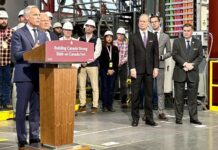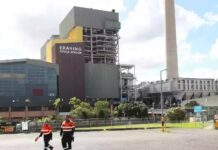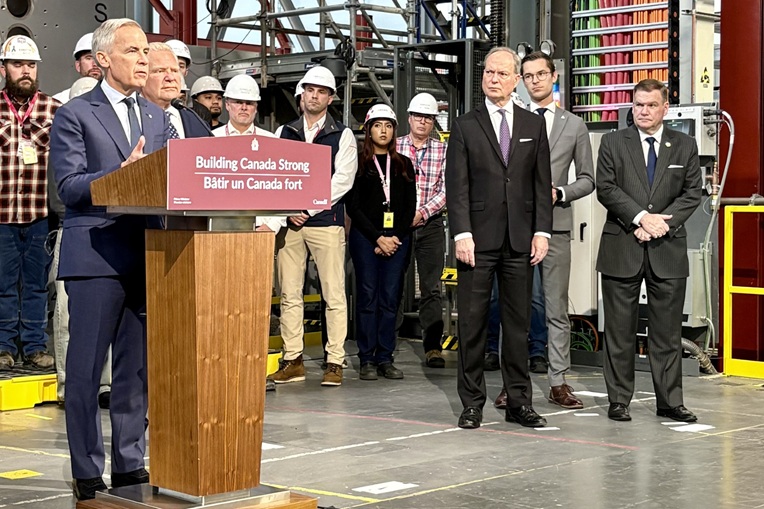In a significant step towards enhancing Ontario’s energy landscape, the provincial and federal governments have announced a remarkable investment of $3 billion aimed at constructing Small Modular Reactors (SMRs) at the Darlington power facility. This initiative is not just ambitious—it’s poised to be a game changer for the region. Have you ever wondered how new technologies can reshape job markets and energy production? With this project, Ontario is setting the stage for a brighter, more sustainable future.
This article will delve into the details of the investment, the expected economic impact, and the role of SMRs in Ontario’s energy strategy. Get ready to explore how this initiative could create thousands of jobs and transform the province’s energy sector.
Understanding the $3 Billion Investment in SMRs
The federal and provincial governments are collaborating on a groundbreaking endeavor by investing $3 billion in Small Modular Reactors at Darlington. The funding breakdown includes $1 billion from provincial sources through the Building Ontario Fund and $2 billion from federal coffers via the Canada Growth Fund. Once operational, the four SMRs will generate around 1,200 megawatts (MW) of power, which is sufficient to supply electricity to approximately 1.2 million households.
Prime Minister Mark Carney and Ontario Premier Doug Ford announced the investment recently in Bowmanville, emphasizing its significance not just as a financial move but as a pivotal step toward cleaner energy.
Job Creation and Economic Growth
This project is projected to generate 18,000 jobs during its construction phase, alongside 3,700 permanent positions once the facilities are operational. A provincial statement forecasts that this initiative will inject around $38.5 billion into Canada’s Gross Domestic Product (GDP) over the next 65 years.
Carney highlighted the long-term benefits, stating, “The Darlington New Nuclear Project will create thousands of high-paying careers and power thousands of Ontario homes with clean energy.” This isn’t just about jobs; it’s about building a sustainable future for generations to come.
The Timeline and Future Prospects
Construction on the first SMR kicked off in May, with expectations that it will be operational by 2030. Government funding will facilitate not only the construction but also the innovative operational model that encourages private sector and indigenous investments.
Ontario’s Finance Minister, Peter Bethlenfalvy, articulated the necessity of this project in the context of global economic uncertainties. “As we navigate tariffs and global volatility, it’s crucial to foster a resilient and self-reliant province,” he noted.
Impact on Local Economy and Supply Chain
The Darlington New Nuclear Project is also anticipated to contribute significantly to the local economy. It’s estimated that the SMRs will infuse $500 million annually into the Canadian supply chain. The government has coordinated with Ontario Power Generation (OPG) to ensure that 80% of project expenditures are allocated to Ontario-based companies. This includes sourcing steel locally, which directly supports Ontario workers.
Expanding Ontario’s Nuclear Energy Capacity
Beyond the SMRs, Ontario is also evaluating other nuclear energy projects. OPG’s Wesleyville site in Port Hope is under consideration, potentially providing up to 10,000 MW of reliable, emissions-free electricity. Additionally, plans are underway to collaborate with Bruce Power for the first large-scale nuclear build in over 30 years, aiming for 4,800 MW of new generation capacity.
In summary, the investment in SMRs at Darlington marks a pivotal moment for Ontario’s energy strategy, promising not only to bolster the job market but also to pave the way for a cleaner and more sustainable energy future. As the province moves forward, it’s clear that the focus on innovation and local investment will play a crucial role in shaping the energy landscape for years to come.





















